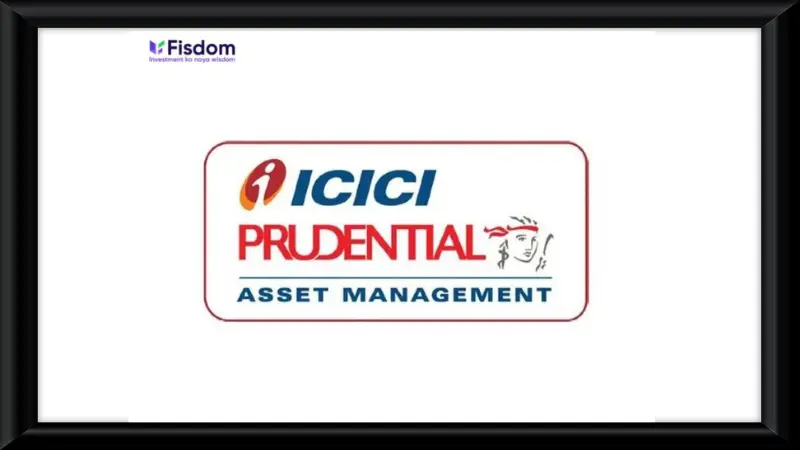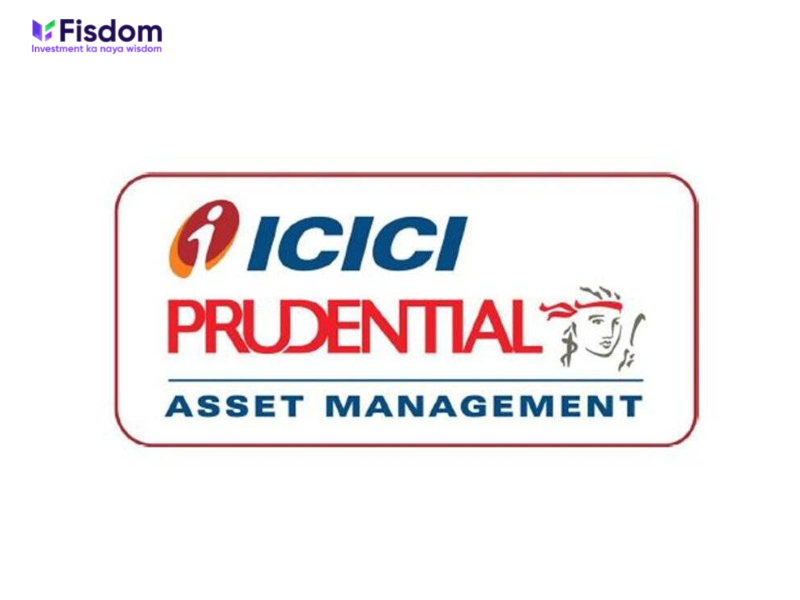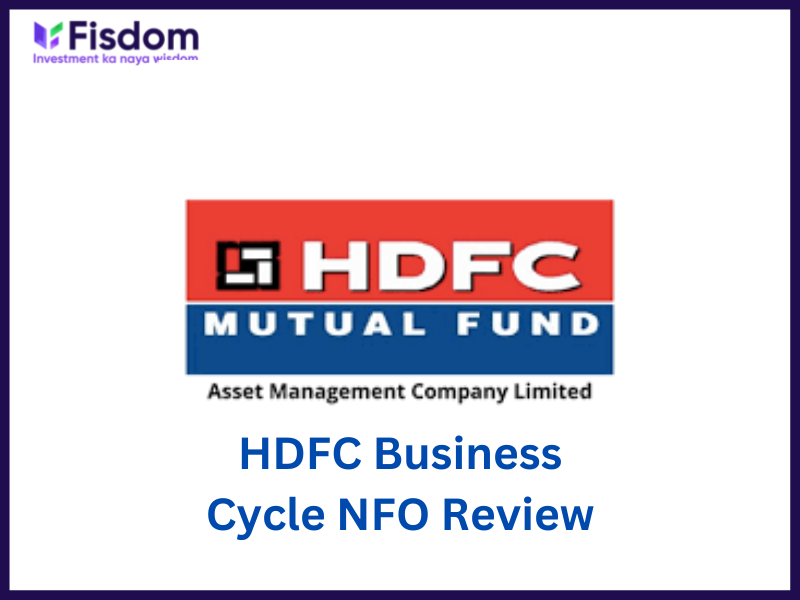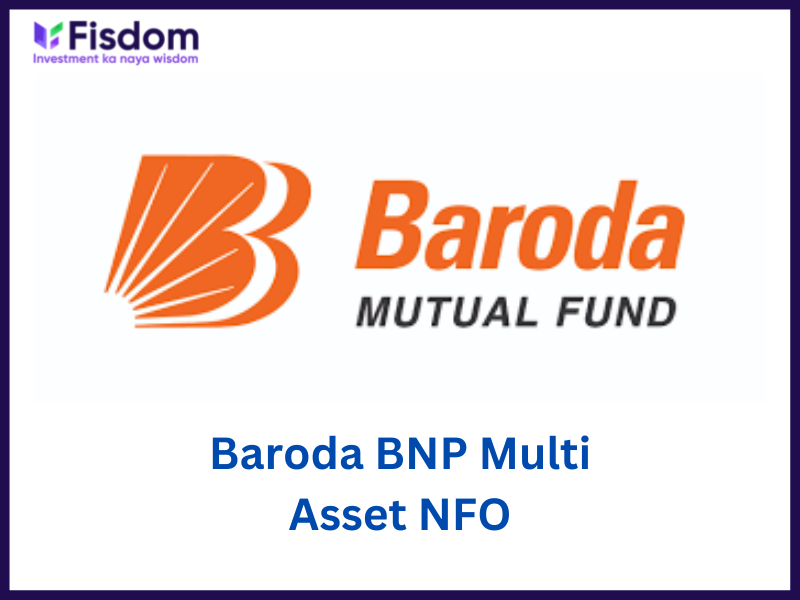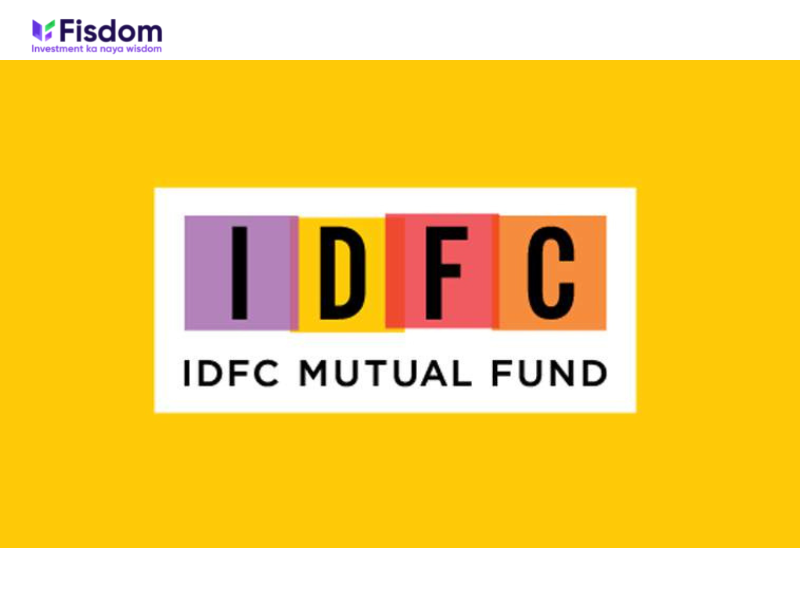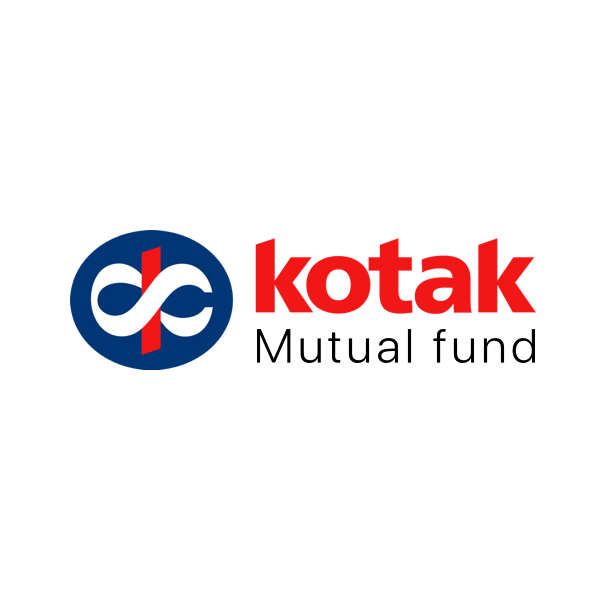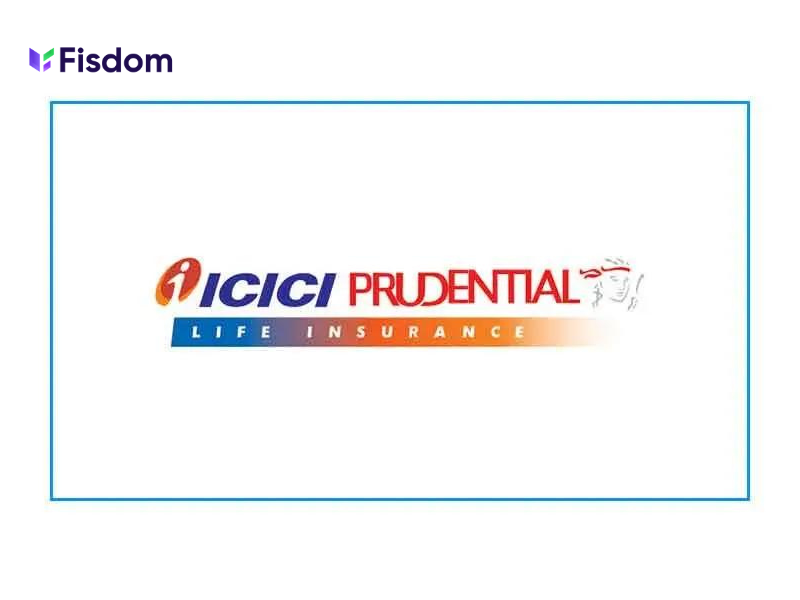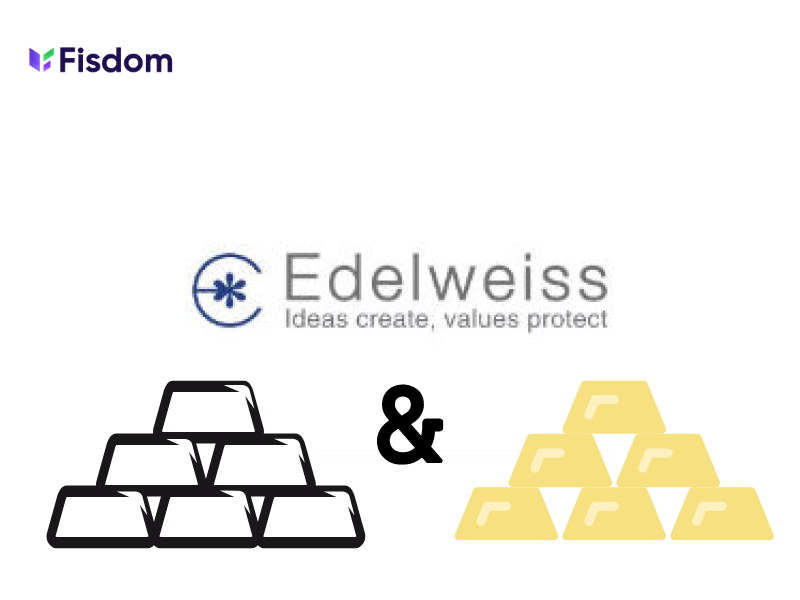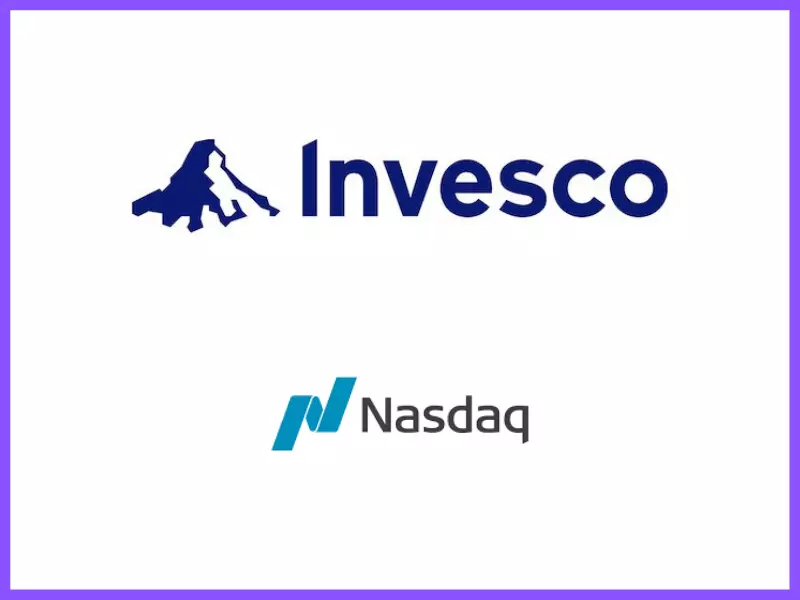
Invesco Mutual Fund recently launched a new fund offer called Invesco India EQQQ NASDAQ-100 ETF Fund of Fund. This open-ended fund of fund scheme will primarily invest in Invesco EQQQ NASDAQ-100 UCITS ETF. The fund house has priced this NFO at Rs. 10 per unit. The issue will be open for subscription starting from 30 March 2022 up to 13 April 2022.
Investment objective of the fund
Invesco India EQQQ Nasdaq-100 ETF FoF aims to generate returns through investment focus in units of Invesco EQQQ NASDAQ-100 UCITS ETF. This ETF is an overseas fund that aims to provide returns before expenses that closely correspond to the performance of the benchmark NASDAQ-100 Notional Index in USD. The FoF will allow investors to gain exposure to 100 of the largest non-financial companies that are listed on the Nasdaq stock exchange as per market capitalization.
Why should you apply for the NFO?
Exposure to large-cap giants: This ETF FoF will offer investors the opportunity to gain exposure to highly liquid large-cap innovation giants. With this investment, investors can tap into the potential of 100 of the largest US and international non-financial organisations that are listed on the underlying Nasdaq index. This fund can offer substantial capital growth potential with access to companies that have exposure to disruptive technologies.
Benefits of passive management: Since the FoF will invest in the ETF that in turn invests in the constituent stocks of the Nasdaq-100 index, the fund will see limited fund manager bias for stock selection.
Strong index performance: NASDAQ-100 index has reflected a strong long-term performance by delivering nearly 24.60% CAGR returns in the last 10 years.
Robust fundamentals: The FoF will fetch investors access to high-growth companies that are based on strong fundamentals. NASDAQ-100 composite companies have robust brand equity, high-value patents and operations that are based on economies of scale driving product demand and commanding pricing power.
Easy investment: It is easy to invest in this FoF NFO through the Fisdom app. Since this fund will adopt a passive investment strategy, investors need not worry about regularly tracking the fund performance, since it will invest in the index ETF that closely follows the benchmark index composition.
Comparative holdings of NASDAQ 100 index vs S&P 500 index: In the table below, investors can look at the comparative holdings of NASDAQ 100 and S&P 500. This can help in determining the potential returns that each may offer in the long run:
| Company | NASDAQ 100 | S&P 500 |
| Apple | 11.35% | 5.9% |
| Microsoft | 10.15% | 5.6% |
| Amazon | 7.66% | 3.8% |
| 7.66% | 2.1% | |
| Alphabet | 4.18% | 2.1% |
| Tesla | 3.87% | 1.7% |
| Berkshire Hathaway | – | 1.3% |
Source: https://www.etmoney.com/blog/nasdaq-100-versus-sp-500-which-index-is-better-for-investing-in-the-us/
Fund details
| Scheme name | NFO details for Invesco India EQQQ Nasdaq-100 ETF FoF |
| Type of Scheme | An open-ended fund of fund scheme investing inInvesco EQQQ NASDAQ-100 UCITS ETF. |
| Category of the scheme | Fund of Fund |
| Benchmark | Nasdaq-100 |
| Plan options | Regular and Direct plans with growth option |
| Fund Manager | Mr. Neelesh DhamnaskarMr. Krishna Cheemalapati |
| Exit Load | Nil |
| Minimum Investment | Lumpsum: Rs.1,000 and in multiples of Re.1 thereafter SIP:installments in 6 months – minimum Rs. 500 installments in 12 months – minimum Rs. 1,000 |
| Expense Ratio | Not known |
| NFO Period | 30 Mar 2022 – 13 Apr 2022 |
Where can you invest in the NFO?
Head over to the Fisdom App to invest in this NFO.
FAQs
NFO (New Fund Offer) is launched by the Asset Management Companies (AMCs) to generate funds for launching a new mutual fund. These funds are then pooled to buy the shares or other securities as per the fund’s mandate or the guidelines based on which the fund is launched. NFOs are like IPOs where all the relevant details of the funds are provided at the time of their launch and the units of the fund are usually set at Rs. 10 per unit for a subscription. SEBI guidelines allow the NFOs to be active for a maximum period of 30 days following which the units of the fund are traded based on their daily NAV.
NFOs, at the time of their launch, are launched in two categories namely close-ended funds and open-ended funds. The details of each type of fund are mentioned below.
Open-ended funds
The majority of mutual funds are launched as open-ended funds. Investors can subscribe to the fund at the nominal rate (usually Rs. 10 per unit) during the NFO period. After the NFO period, when the units are traded based on the daily NAV, the investors stand to gain huge capital gains depending on the performance of the fund.
Close-ended funds
Close-ended funds, on the other hand, do not allow the investors to subscribe to the fund after the NFO period is closed.
Investing in NFOs is a very good opportunity to maximize the returns as the units can be subscribed at nominal rates and the returns are potentially higher based on the prevailing NAV at the time of redemption. However, there are several points that need to be considered while subscribing to an NFO. Some of such points are highlighted below.
a)Track record of the AMC
NFOs are offered for the new mutual fund so no proven track record can be reviewed by investors to make an informed investment decision. The investors have to therefore rely on the reputation of the AMC and other details mentioned in the NFO to make an investment decision.
b)Expense ratio (if mentioned)
NFOs need a good amount of publicity to make the investors aware of the fund and the investment opportunity. It is therefore essential for the investors to check the expense ratio of the fund and ensure that it does not outweigh the net gains.
c)Check if the fund is in correlation to the existing portfolio
Recently there have been many NFOs in the market that investors can choose from. However, while selecting the fund the investors must check if the fund is not similar to an existing fund in their portfolio. For example, if the fund is a large-cap fund and the investor already has one or two similar funds in their portfolio, investing in another will not add much value to the net returns or the diversification of the portfolio. On the other hand, many NFOs can be sector-specific or country-specific. In such a case, investors have to check if the fund is in line with other factors like their risk-return profile and investment goals.
d)Review the SID carefully
Reviewing the SID (Scheme Information Document) is a crucial step that should not be missed by investors while investing in NFOs. It contains all the relevant information about the fund managers, their qualifications, and experience which is crucial for the funds’ performance. Other relevant information includes the investment profile of the fund, target sectors or securities, benchmark index, asset allocation ratio, etc. This helps the investors understand the returns expectation of the fund as well as the target investments where the fund will invest the pooled funds. Investors having a risk-return profile in line with that of the fund can thus invest in such funds.
Investment in NFOs can be done through two main routes i.e., the online or offline modes. The details of the same are mentioned below.
a)Online mode
The online mode of investment is suitable for investors already having a Demat account and a trading account. Investors can simply select the NFO and invest by selecting the number of units to invest and paying for the same through online payment modes available on the platform.
b)Offline mode
The offline mode of investment in NFOs is through registered brokers and distributors. Investors can contact their brokers and distributors providing them with the details of the amount to be invested and they can invest in the selected NFOs on their behalf. Investors can make hassle-free investments through such modes as all the necessary forms to be filled and the formalities to be met are looked after by these entities giving investors the benefit of ease of investment. The charges for such services are nominal when compared to the potentially high returns.














